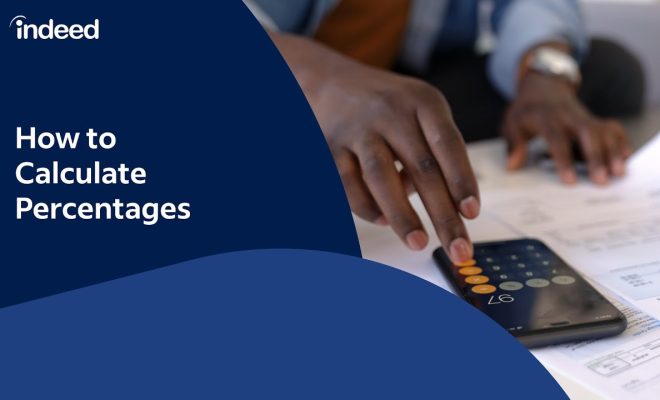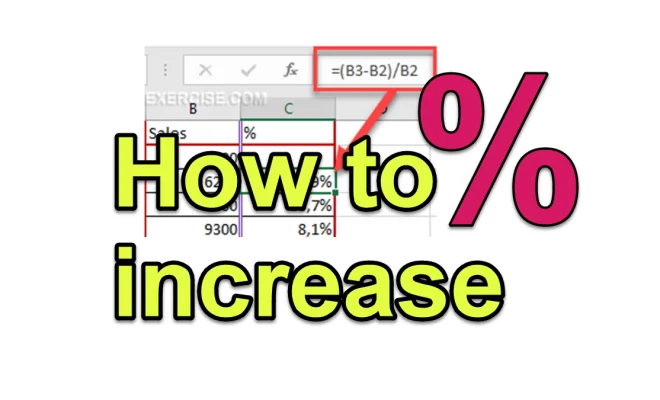How to calculate percentage by calculator

In today’s fast-paced world, knowing how to calculate percentages quickly and accurately is vital. Whether you’re determining discounts, calculating test scores, or simply trying to understand financial data, understanding percentages is essential. In this article, we will guide you through the process of calculating percentages using a calculator.
Step 1: Identify the Numbers
First, you need to identify the two numbers you’ll be working with:
1. The total amounts or quantity (also known as the base or whole number).
2. The specific amount that represents a portion of the total (the part or subject).
These values will be used as inputs on your calculator.
Step 2: Enter the Numbers in Your Calculator
Grab your calculator and enter the smaller number (the part) first. Most calculators will have a percentage button (“%”), which is used in this step.
For example, if you want to calculate what percentage 45 is out of
200$total_amount=200$$percentage_number=45$:
1. Type “$45$” into your calculator.
2. Press the “%” button.
At this point, most calculators will display “0.225.” This represents the decimal value of percentage, which needs to be converted into an actual percentage in the next step.
Step 3: Convert Decimal to Percentage
To convert from decimal form to a percentage, simply multiply the decimal value by 100:
3. Type “$100$” into your calculator.
4. Press the “×” (multiply) button.
5. The display should now show “22.5.”
Your final result is calculated as:
$$(part ÷ total) × 100 = percentage$$
So in our example, $$(45 ÷ 200) × 100 = 22.5%$$
This calculation tells us that $45$ is $22.5\%$ of $200$.
Conclusion
Calculating percentages using a calculator is a quick and straightforward process. By following these three simple steps – identifying the numbers, entering them into your calculator, and converting the decimal value to a percentage – you can easily determine the percentage relationship between two quantities. This skill will come in handy in various real-life situations, be it determining discounts, evaluating test results, or managing finances. Happy calculating!






